Plant Identification
Floating Plants
Floating Plants
Plants with leaves that float on the surface of the water and have their roots planted in the bottom are part of the category. Free-floating plants that derive their source of nutrients directly from the water are also included. The key component is that water is critical for the support of the plant or its leaves.
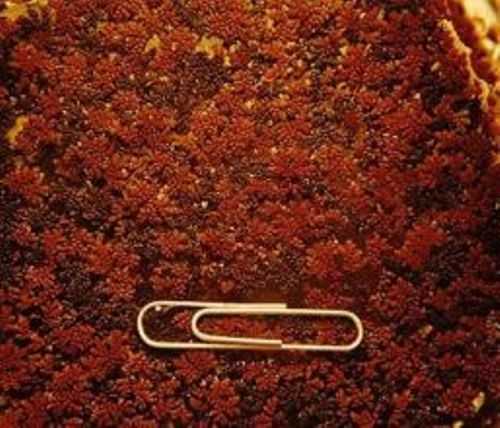
Azolla or Mosquito Fern (Azolla caroliniana)
Azolla or Mosquito Fern: Mosquito Fern or Azolla is a small free-floating fern approximately 1 to 3/8 inches wide. Leaves of the mosquito fern overlap giving a quilted look to the surface and hide the stem. A single root protrudes from each stem. Mosquito ferns can vary in color from green to red and are generally found in quiet ponds protected from wind action. Mosquito ferns can be aggressive invaders in quiet ponds and are often found mixed in with duckweeds or watermeal. If these fern colonies cover the surface of the water, then oxygen

Duckweed (Lemma minor)
Duckweed: Common duckweed is a very small light green free-floating,
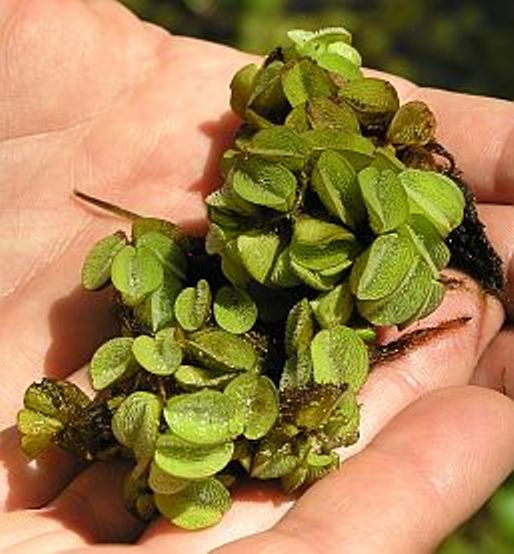
Common Salvinia (Salvinia minima)
Common Salvinia: Common
TEXAS RESIDENTS: THIS PLANT IS NOT NATIVE TO NORTH AMERICA AND IT IS ILLEGAL TO POSSESS OR TRANSPORT THIS SPECIES IN TEXAS. PLEASE REPORT SIGHTINGS OF THIS PLANT TO THE TEXAS PARK AND WILDLIFE DEPARTMENT. Those outside of Texas should check with their own state to see if similar restrictions apply.

Giant Salvinia (Salvinia molesta )
Giant Salvinia: Giant
TEXAS RESIDENTS: THIS PLANT IS NOT NATIVE TO NORTH AMERICA AND IT IS ILLEGAL TO POSSESS OR TRANSPORT THIS SPECIES IN TEXAS. PLEASE REPORT SIGHTINGS OF THIS PLANT TO THE TEXAS PARK AND WILDLIFE DEPARTMENT.
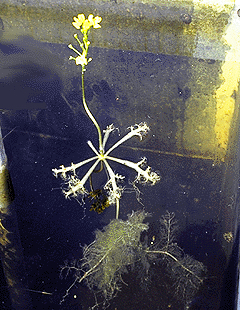
Bladderwort (Utricularia spp.)
Bladderwort: True free-floating bladderworts are annual plants that lack roots but have flowers on erect stems above the water. The entire floating plant is only about 8 inches tall. Flowers emerge above the surface and are yellowish with 3-lobes and a spur underneath. Underwater the leaf branches or petioles are fleshy and inflated with air which allows them to float. Leaves are whorled with 4 to 10 lateral leaves which fork often giving them a very delicate capillary appearance. Bladderworts are unique in that the underwater leaves bear small oval “bladders” that trap and digest small aquatic creatures. Bladderworts are usually found in quiet shallow, acidic waters and can form dense mats.
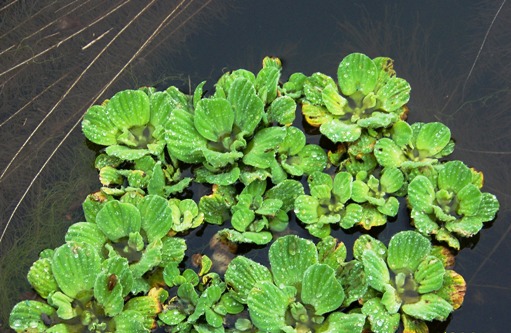
Water Lettuce (Pistia stratiotes)
Water Lettuce: Water lettuce is a free-floating plant with many spongy, dusty green simple leaves. The leaves are covered in very fine hairs and arranged in a spiral pattern from the center of the plant. The leaves are 1 to 6 inches wide and have large veins running their length. The flowers are seldom seen. Water lettuce is a very aggressive invader and can form thick floating mats. If these mats cover the entire surface of the pond they can cause oxygen
TEXAS RESIDENTS: THIS PLANT IS NOT NATIVE TO NORTH AMERICA AND IT IS ILLEGAL TO POSSESS OR TRANSPORT THIS SPECIES IN TEXAS. PLEASE REPORT SIGHTINGS OF THIS PLANT TO THE TEXAS PARK AND WILDLIFE DEPARTMENT.
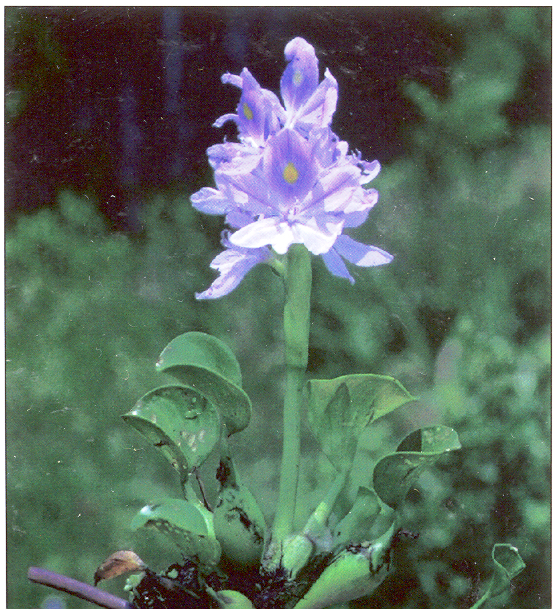
Waterhyacinth (Eichhoria crassipes)
Waterhyacinth: Water hyacinth is native to South America but has naturalized much of the Southern U.S.
Water hyacinth is a free-floating perennial plant that can grow to a height of 3 feet. The dark green leave blades are circular to elliptical in shape attached to a spongy, inflated petiole. Underneath the water is a thick, heavily branched, dark fibrous root system. The water hyacinth has
TEXAS RESIDENTS: THIS PLANT IS NOT NATIVE TO NORTH AMERICA AND IT IS ILLEGAL TO POSSESS OR TRANSPORT THIS SPECIES IN TEXAS. PLEASE REPORT SIGHTINGS OF THIS PLANT TO THE TEXAS PARK AND WILDLIFE DEPARTMENT.
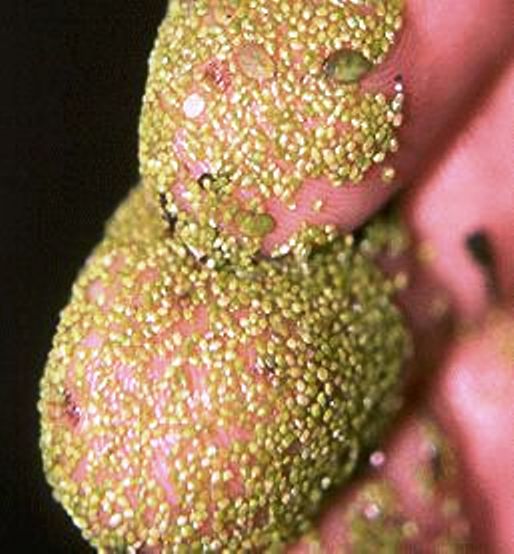
Watermeal (Wolffia spp.)
Watermeal: Watermeal is a very tiny (less than 1 millimeter) light green free-floating, rootless plant. In fact,
Dense colonies of watermeal often can completely cover the surface of a pond and will cause dissolved oxygen
